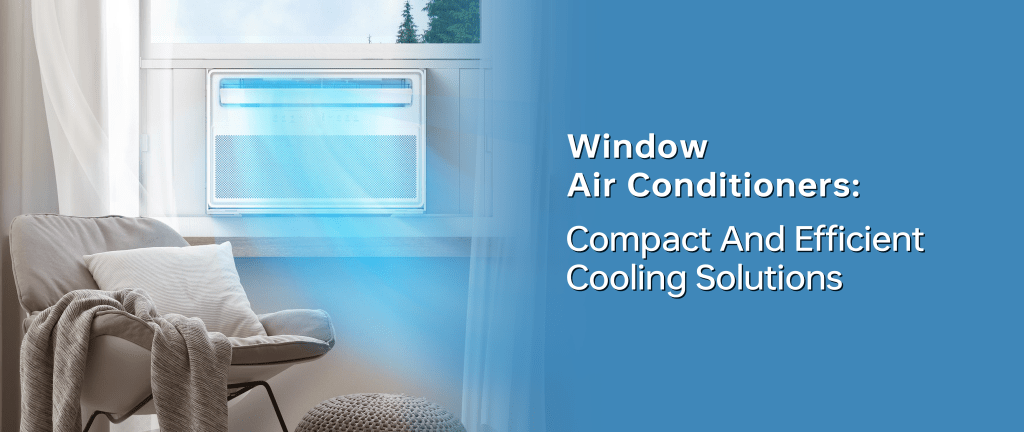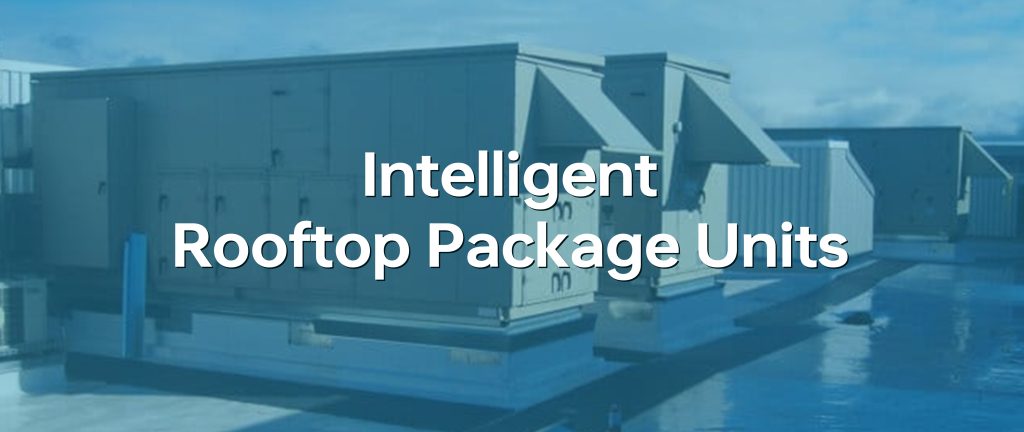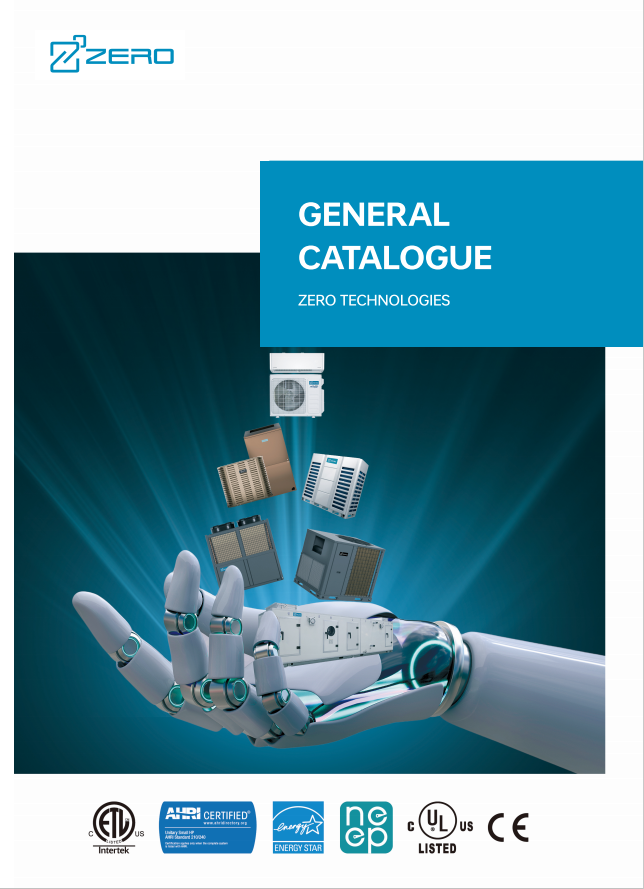Introduction: The Critical Role of HVAC Audits
HVAC systems account for nearly half of a building’s energy consumption, making regular audits essential to reduce costs, enhance efficiency, and ensure safety . An HVAC audit checklist provides a structured framework to evaluate system health, identify inefficiencies, and prioritize maintenance or upgrades. This guide outlines a detailed audit checklist, combining insights from industry standards, preventive maintenance practices, and real-world applications.
What Is an HVAC System Audit Checklist?
An HVAC audit checklist is a systematic tool used by technicians, facility managers, or homeowners to assess heating, ventilation, and air conditioning systems. It covers visual inspections, performance testing, safety evaluations, and documentation to ensure compliance with safety regulations and energy efficiency goals .
Key Objectives:
- Identify energy waste and operational inefficiencies.
- Prevent costly breakdowns and extend equipment lifespan.
- Improve indoor air quality (IAQ) and occupant comfort.
- Ensure compliance with safety and environmental standards .
Pre-Audit Preparation
Proper preparation ensures a thorough audit. Use these steps to streamline the process:
Gather Documentation
2.1 System Specifications:
- Collect manuals, installation records, and maintenance logs.
- Utility Bills: Analyze energy consumption patterns over the past 12 months .
- Occupancy Data: Note peak usage times and building occupancy schedules.
2.2 Tools and Equipment
- Diagnostic Tools: Multimeters, thermal cameras, refrigerant gauges, and airflow meters.
- Safety Gear:Gloves, goggles, and gas leak detectors.
- Checklist Template:Use digital or printable templates for consistency .
2.3 Stakeholder Communication
- Notify building occupants about the audit schedule.
- Coordinate with HVAC technicians, electricians, and facility managers .
Comprehensive HVAC Audit Checklist
Below is a detailed breakdown of audit tasks, categorized by system components and performance metrics.
3.1 Indoor Unit Inspection
1. Thermostat and Controls
- Verify calibration and responsiveness to temperature changes.
- Check programming for seasonal settings (e.g., setbacks during unoccupied hours) .
2. Air Filters
- Inspect for dust, mold, or blockages.
- Replace or clean filters (recommended every 30–90 days) .
3. Ductwork
- Check for leaks, loose connections, or inadequate insulation.
- Use smoke pencils or anemometers to detect airflow restrictions .
4. Blower Motor and Belts
- Lubricate moving parts to reduce friction.
- Inspect belts for cracks or misalignment .
5. Electrical Components
- Tighten loose wiring and check for corrosion.
- Test capacitors, contactors, and relays for proper function .
3.2 Outdoor Unit Inspection
1. Condenser and Evaporator Coils
- Clean debris using a soft brush or vacuum.
- Check for refrigerant leaks (oil stains indicate potential leaks) .
2. Refrigerant Levels
- Measure pressure and charge using gauges.
- Ensure levels align with manufacturer specifications .
3. Condensate Drain System
- Clear clogs in drain lines to prevent water damage or mold growth.
- Test drain pans for proper drainage .
4. Surrounding Area
- Remove vegetation, leaves, or debris within 2 feet of the unit.
- Ensure the unit is level and securely mounted .
3.3 Heating System Evaluation
1. Heat Exchanger and Burners
- Inspect for cracks, corrosion, or soot buildup.
- Test ignition systems and flame sensors .
2. Gas Furnace Safety
- Check for gas leaks using detectors.
- Verify carbon monoxide (CO) detector functionality .
3. Heat Pump Performance
- Test defrost cycles and reversing valve operation.
- Inspect outdoor coils for ice or debris .
3.4 Air Quality and Ventilation
1. Ventilation Rates
- Measure airflow in supply and return vents.
- Ensure compliance with ASHRAE standards for fresh air intake .
2. Humidity Control
- Inspect humidifiers/dehumidifiers for scale or mold.
- Calibrate sensors to maintain 30–50% relative humidity .
3. Air Filtration Systems
- Evaluate HEPA or MERV filter efficiency.
- Test UV lights or ionizers (if installed)
3.5 Energy Efficiency Metrics
1. SEER and AFUE Ratings
- Compare system performance to manufacturer ratings.
- Recommend upgrades for outdated units (e.g., replacing systems below SEER 14) .
2. Duct Leakage Test
- Use blower doors or duct blasters to quantify leakage.
- Seal leaks with mastic or metal tape .
3. Insulation Assessment
- Inspect attic, walls, and duct insulation.
- Recommend improvements for R-value compliance .
Post-Audit Actions
4.1 Data Analysis and Reporting
- Compile findings into a report with prioritized recommendations.
- Include cost-benefit analyses for repairs, retrofits, or replacements .
4.2 Implementation Plan
- Schedule immediate repairs (e.g., refrigerant leaks, electrical hazards).
- Plan long-term upgrades (e.g., smart thermostats, variable-speed motors) .
4.3 Follow-Up and Monitoring
- Use building automation systems (BAS) to track energy use.
- Schedule biannual audits (spring and fall) to maintain performance .
Benefits of Regular HVAC Audits
1. Cost Savings: Reduce energy bills by 10–30% through efficiency improvements .
2. Extended Equipment Life:Proactive maintenance prevents premature wear .
3. Enhanced Safety:Mitigate risks of CO leaks, electrical fires, or mold growth .
4. Regulatory Compliance:Meet local building codes and environmental standards .
Implementing Digital Audit Tools
- Modernize audits with mobile apps like Lumiform or doForms to:
- Automate data entry and generate real-time reports.
- Attach photos/videos to illustrate issues (e.g., corroded coils, duct damage) .
- Track audit history and schedule reminders for future inspections .
Conclusion: Building a Culture of Proactive Maintenance
An HVAC system audit checklist is not a one-time task but a cornerstone of sustainable facility management. By integrating regular audits, leveraging digital tools, and prioritizing energy efficiency, organizations can achieve long-term savings, operational reliability, and healthier indoor environments.
This guide synthesizes best practices from industry leaders and aligns with the latest standards for HVAC performance and safety. Regular audits empower stakeholders to make informed decisions, ensuring systems operate at peak efficiency year-round.





